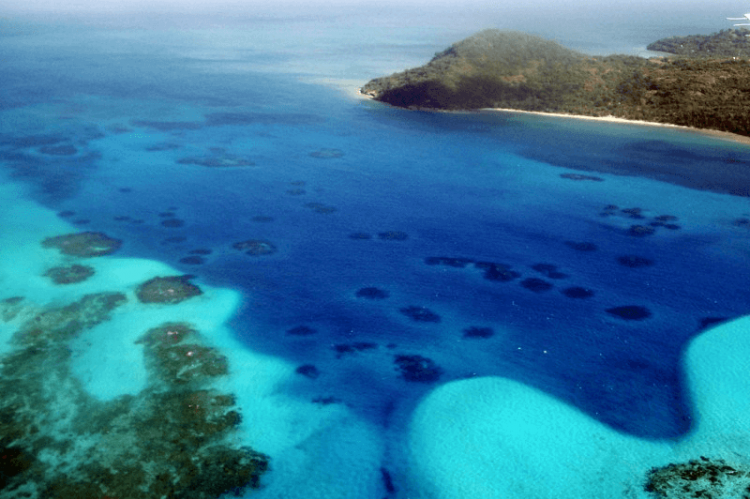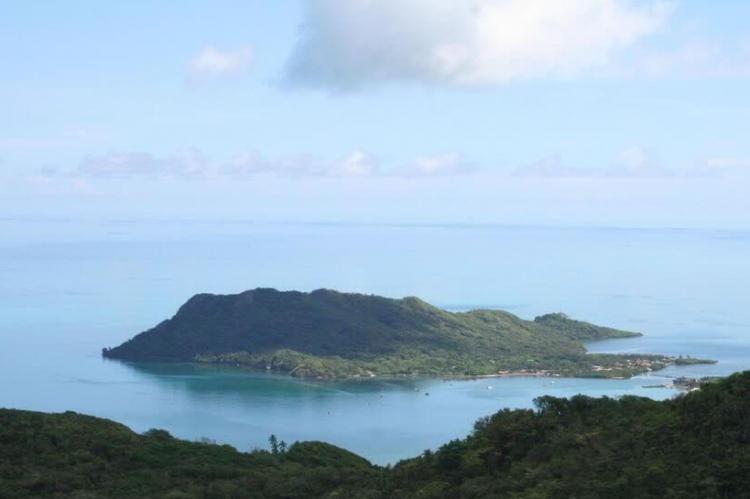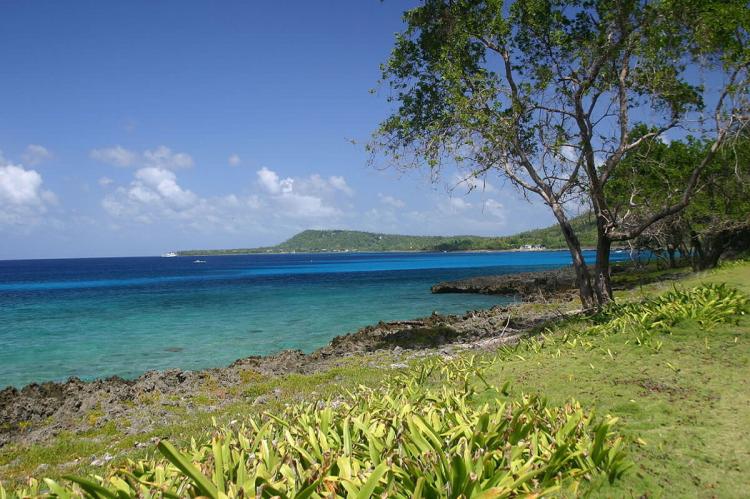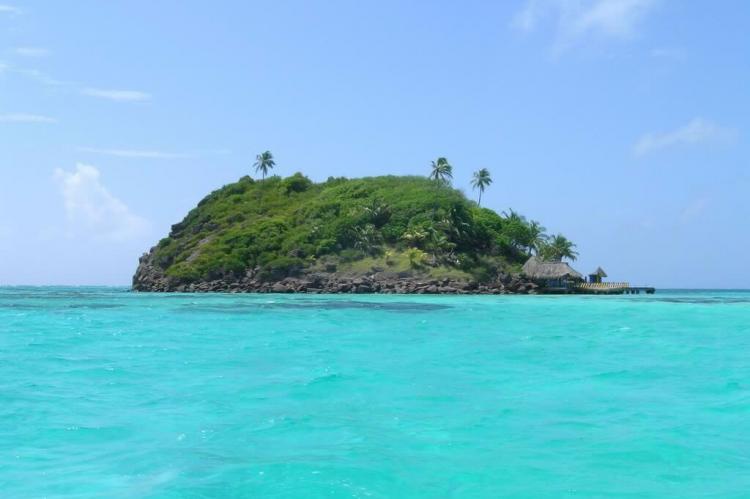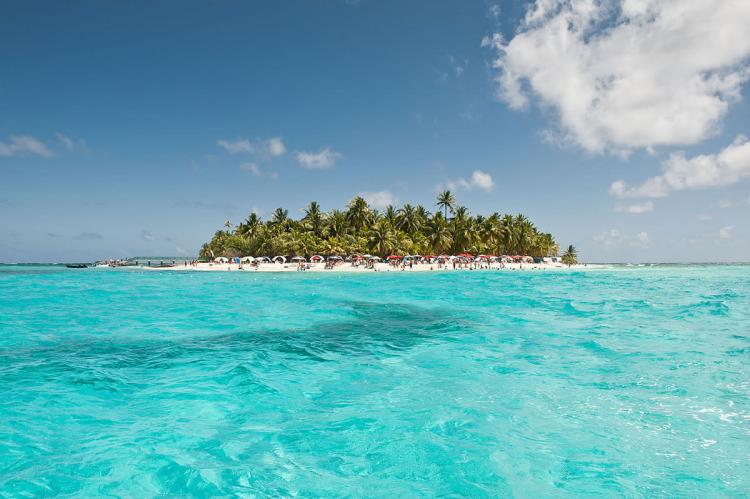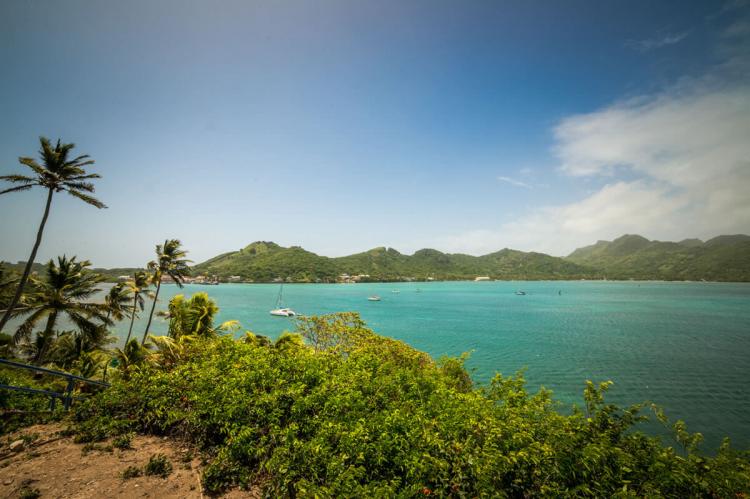Seaflower Biosphere Reserve (Colombia)
The Seaflower Biosphere Reserve encompasses the entire land and marine territory of the San Andrés Archipelago in the southwestern Caribbean Sea. The archipelago, which forms the West Indies Department of Colombia, supports diverse marine and bird life and extensive coral reefs.
Seaflower Biosphere Reserve
The Seaflower Biosphere Reserve is situated in the Archipelago of San Andrés, Providencia, and Santa Catalina (a Protectorate of Colombia) in the southwestern Caribbean. It lies off the east coast of Nicaragua, halfway between Colombia and Jamaica.
The archipelago, volcanic in origin, is comprised of cays and atolls. These atolls are among the very few found in the Atlantic Ocean. The area of some of its coral banks, such as Quitasueño, can exceed 1000 sq km (386 sq mi).
As a marine biosphere reserve, it covers approximately 10% of the Caribbean Sea, with three main islands surrounded by coastal mangroves, swamps, and highly intact and productive associated coral reef ecosystems.
The Seaflower Biosphere Reserve includes some of the Caribbean Sea's highest coral cover and octocoral densities.
The Old Providence barrier reef alone is 32 km (20 mi) long and covers an area of 255 sq km (98 sq mi), making it one of the most extensive coral reefs in the Americas. It is a crucial coral and fish diversity site and a biodiversity hotspot.
The islands of old Providence and Santa Catalina, with 19 sq km (7 sq mi) formed by an extinct Miocene volcano and with an unusually well-preserved tropical forest, have far less population than San Andrés. The climate is tropical, stable, with an average temperature of 27° C (80° F).
Biodiversity
The Seaflower Biosphere Reserve protects a rich marine biodiversity, which includes more than 407 species of fish, 48 hard corals, 54 soft corals, 130 sponges, 157 birds and many other significant species.
The archipelago is noted as a secondary endemic bird area. Among the endemic species of the Archipiélago, there are two species of snakes, Leptotyphlops albifrons (silver snake) and Coniophanes andresensis.
Also endemic is the Vireo caribeus, which is a bird. The Gambusia aestiputeus is an endemic fish that lives in the mangroves of Bahía Hooker (San Andrés island). In addition, there is an endemic species of toad called Leptodactylus insularis. Also endemic is the Hypoplectrus providencianus (Hamlet), a fish from Providence Island.
Socio-Economic
With 27 sq km (10 sq mi) and an official population of 70,657 (2002), over half the people in San Andrés island live in the urban commercial center on the coastal flats at the extreme north end of the island.
San Andres ecosystems show the effects of mass tourism and over-population, such as reduced water quality from solid and liquid waste, the impact of inadequate infrastructure and poorly planned urban development.
A special program of education, public awareness and community involvement was organized within the archipelago's community to develop and understand the philosophy and approaches of the MAB program in cultural, environmental and economic terms. Materials and activities included an 'Islands Natural Alphabet' on environmental education, coral reefs and mangroves, tree planting, and seed collection schemes.
To contribute to sustainable economic and human development, the Seaflower Biosphere Reserve will support eco- and ethno-tourism and strengthen traditional native pursuits of subsistence agriculture, small animal raising, and artisan fishing that promotes self-sufficiency.
